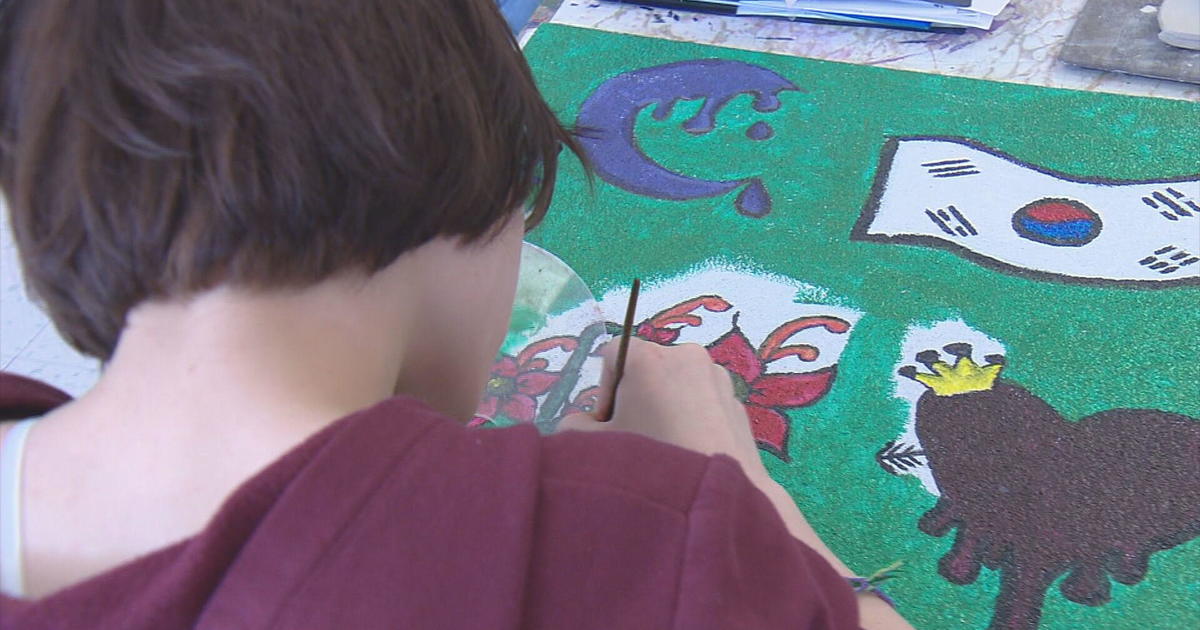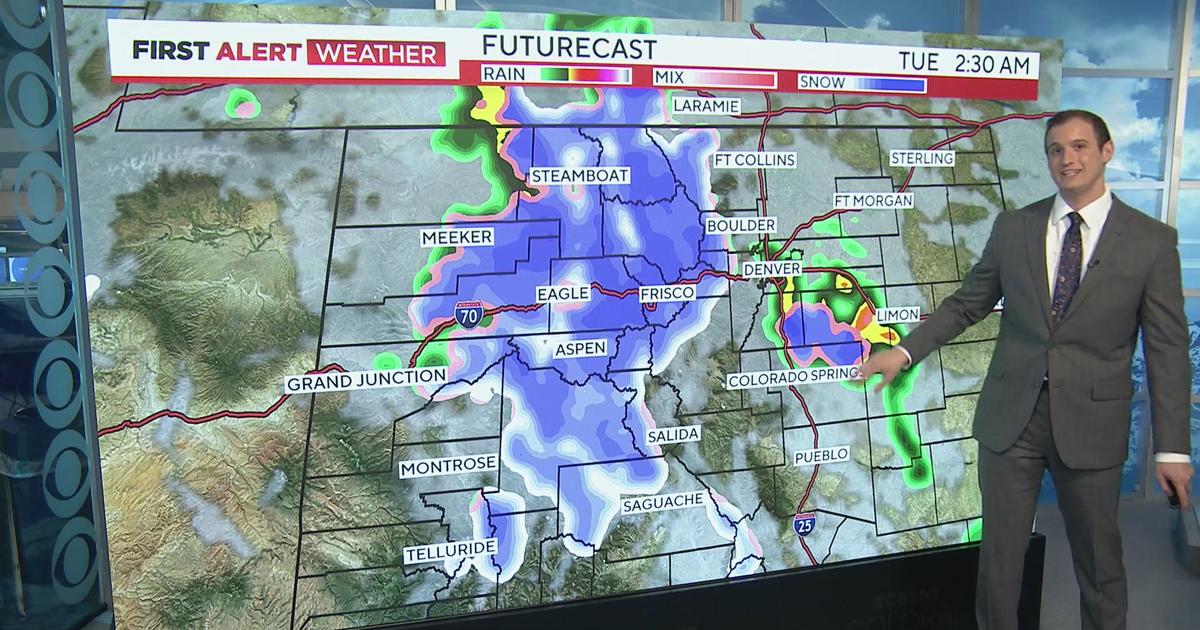Cold Snap Hurts Western Colorado's Wine-Grape Crop
GRAND JUNCTION, Colo. (AP) — Western Colorado's wine-grape crop faces another blow this year after record-low cold temperatures earlier this month killed vines and grape buds across the valley.
"It's been really cold and it was very early," said state viticulturist Horst Caspari at Colorado State University's Western Colorado Research Center on Orchard Mesa. "Our temperatures (in early December) were 18 to 20 degrees lower than normal."
Grapevines, as do all plants, need some time to acclimate to cold temperatures — to become cold hardy — before they can resist the coldest parts of winter.
This year, however, some of the late-ripening grape varieties, such as merlot and gewürztraminer, were caught by the early cold.
Only twice since 2009 have valley grape growers seen a full crop.
"Merlot doesn't like it that cold," Caspari noted. "There are a lot of blocks (of merlot grapes) being pulled out."
Growers around the valley already are reporting damage to this year's crop.
"We definitely are going to have some significant damage, it's been so cold for so long and got cold pretty quickly," said Nancy Janes at Whitewater Hill Vineyards. "It seems like it's getting colder faster in the fall and not allowing some grapes to get winter hardy.
"Other factors also play into that but we've seen a lot early extremely cold events."
Caspari agreed, saying his record keeping indicates the deep cold has been arriving earlier the past few years.
"On average, the 15th of December is the first day our average low goes below 20, but on the fifth and sixth we were 27.7 degrees below our normal," Caspari said. "Our normal for that day is 22.5 degrees and we were at minus 5.2."
Over in the Vinelands south of Palisade, an area normally protected from the extreme cold, growers Ulla Merz and John Garlich of BookCliff Vineyards also reported damage from this winter's cold.
"The cold spell was really bad again," said Merz. "We went through and checked the damage and again we see substantial damage to the merlot.
"It's too early in the winter for Colorado to have these cold temperatures," she said.
This grape damage comes after two cold periods — in January and a late frost in April — cut short the 2013 grape crop.
"Last year I had about 50 percent of my normal crop and at this moment I think I have about 65 percent of a normal crop," said grower Bruce Talbott, who farms about half of the grapes grown in the valley.
"We haven't yet experienced what we experienced last year as far as how much damage was done, but last year's final crop was complicated by the spring frost and that further diminished what was out there."
The loss of merlot particularly affects most winemakers in the valley, who use the versatile grape both as a single-varietal bottling and for blending with other red grapes.
Merlot "is a backbone grape and, when we first started in 2000, merlot was considered the consistent blue-chip performing red grape," said Talbott. "And it is, (but) it won't take the sub-zero stuff."
Instead, growers such as Talbott, Janes and others are looking at planting cold-hardy hybrid grape varieties.
Talbott said this spring he will plant hybrid grapes as a "litmus test" to see what grows best.
"We are going ahead in putting in 10 different hybrids, that will give us a litmus test of what is going to work and what's not," he said.
Caspari said 2013 already has had as many sub-zero nights as were measured from 1991 to 2012.
"In the 21 years from 1991 to 2012, we hit sub-zero 13 times and we've already had 13 nights in 2013 below zero," he said, referring to temperatures at the Research Center on Orchard Mesa. "Maybe it's the new normal, but what's normal today?"
- By DAVE BUCHANAN, The Daily Sentinel
(© Copyright 2014 The Associated Press. All Rights Reserved. This material may not be published, broadcast, rewritten or redistributed.)



